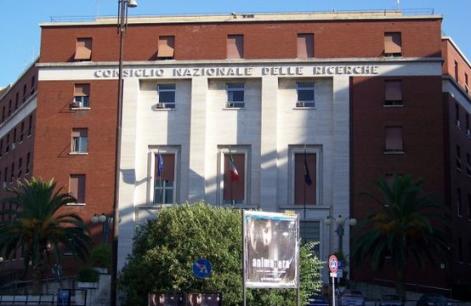Sustainability of Urban Functions: Dealing with Tourism Activity

This study aims to contribute to theoretical debate concerning urban planning, highlighting the need for a renewal of approaches and tools that could allow for the achievement of urban smartness. The concept of urban sustainability is evolving, also in relation to the incoming world of "smart cities," and it should be related to a systemic vision of the city. Referring to a systemic approach for the study of urban phenomena, sustainability can be considered as a target condition that cities have to achieve in order to contrast "urban entropy" and behave as smart cities. In this regard, our study starts from the premise that entropy is a negative state, which can affect the urban system in all its components. Among these components, the social subsystem can play a strategic role and some urban functions (such as the components of the functional subsystem) can be designated as "driving functions" that are able to lead the urban system towards a sustainable and smarter state of equilibrium. This equilibrium, though not static, can provide the efficiency of the system. Since tourism interests several aspects and sectors, it can be considered as one of the forces that, if properly controlled (i.e., by integrating it into the process of evolution of the system), would positively influence the evolution of the urban system. The application of the theoretical framework refers to the social (active) component of tourism, represented by the tourist flows that move inside the physical subsystem and can be traced through the data they disseminate by the use of their personal devices, with the aim of individuating the urban zones where the load of tourism concentrates. These areas can be marked as the ones urban planners and decision-makers have to first monitor in order to control the general state of the urban system equilibrium.